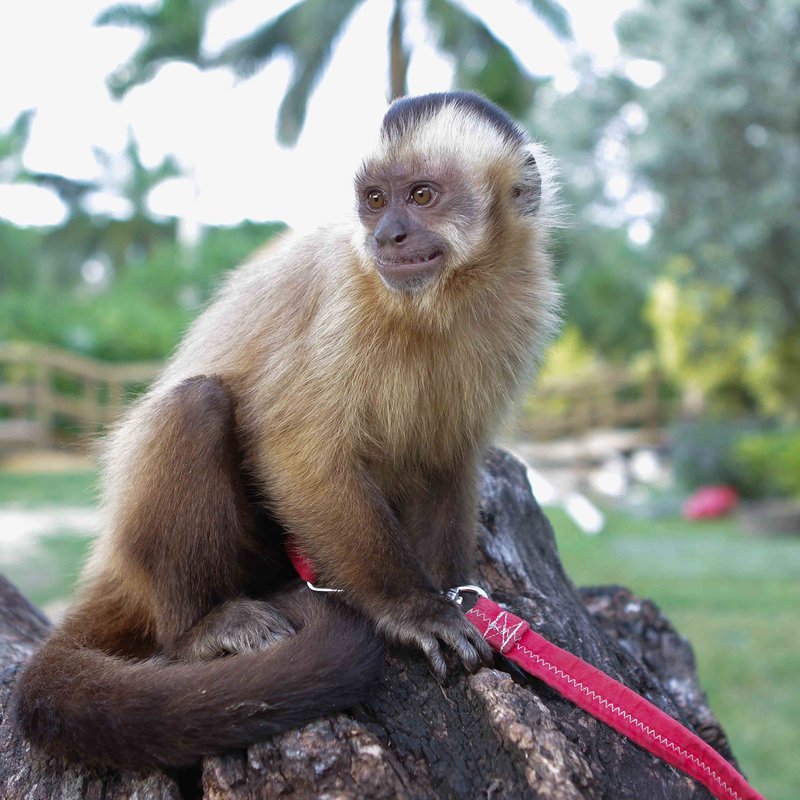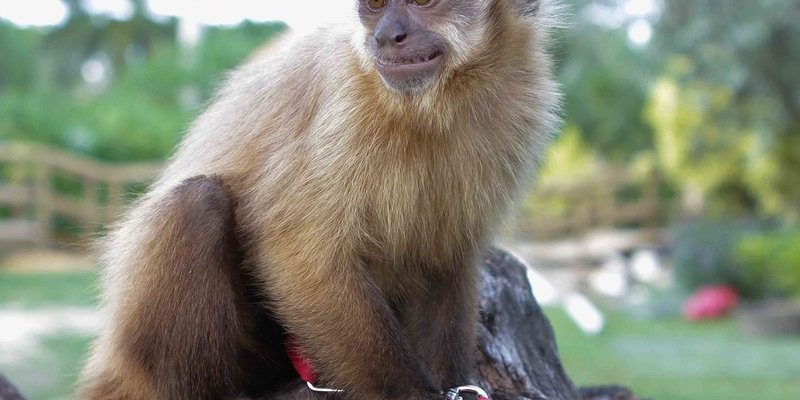
When we look at the tufted capuchin, we’re not just talking about a single species, but a reflection of broader environmental issues. Their status can tell us a lot about the health of their habitats and the impacts of human activity. In this article, we’ll dive deep into the conservation status of tufted capuchins, the threats they face, and what’s being done to protect them. Let’s explore their world and see how they fit into the balance of nature.
What Are Tufted Capuchins?
Tufted capuchins, scientifically known as *Sapajus apella*, are small primates that thrive in the tropical forests of Brazil, Paraguay, and Argentina. They’re easily recognizable by their short, black fur, distinctive tuft of hair on their heads, and curious personalities. These monkeys are incredibly social and often live in troops, making them one of the most exciting species to observe in the wild.
Their intelligent behaviors are noteworthy as well. Tufted capuchins are known to use tools, which is a rare trait among non-human animals. For instance, they have been seen using stones to crack open nuts—an incredible feat that showcases their cognitive abilities. Imagine that! It’s like seeing your pet use a tool to get a treat. Their resourcefulness allows them to adapt to their surroundings, aiding their survival in challenging environments.
Are Tufted Capuchins Endangered?
You might be surprised to learn that tufted capuchins are currently classified as “Least Concern” by the International Union for Conservation of Nature (IUCN). However, this doesn’t paint a complete picture. While they aren’t considered endangered, their populations are declining in certain areas due to various threats. It’s essential to understand these factors to grasp the potential risks they face.
The primary concerns for tufted capuchins include habitat loss, poaching, and the illegal pet trade. Deforestation, driven by agriculture and logging, wipes out their homes, leaving them vulnerable and isolated. Imagine living in a neighborhood where your favorite playground is constantly being taken away—this is what they’re experiencing in the wild.
Threats to Their Habitat
One of the most significant threats to tufted capuchins is deforestation. As forests are cleared for cattle ranching and farming, these monkeys lose their homes. According to recent studies, Brazil has seen a loss of over 20% of its original forests in the past few decades. That’s a staggering amount of habitat gone!
In addition to deforestation, mining activities and infrastructure development contribute to habitat degradation. Roads that are built to access remote areas can fragment populations and make it harder for monkeys to find food and mates. When you think about it, it’s like building a fence right through a bustling neighborhood—access becomes limited, and communities can struggle to thrive.
The Impact of Climate Change
Climate change is another invisible enemy for tufted capuchins. Changes in temperature and rainfall patterns can alter the forest environment dramatically. For example, if certain food sources like fruits or nuts fail to grow due to shifts in climate, it could lead to food shortages for these monkeys.
Ultimately, climate change threatens to disrupt the delicate balance of the ecosystem that tufted capuchins depend on. If temperatures rise or seasons shift unpredictably, these monkeys might find it even more challenging to survive. It’s a reminder that every action we take regarding the environment has a ripple effect.
Conservation Efforts in Action
Fortunately, there are numerous conservation efforts underway to protect tufted capuchins and their habitats. Various organizations work tirelessly to restore forests, create protected areas, and rehabilitate injured or orphaned monkeys. For example, some initiatives focus on reforestation—planting trees to rebuild the natural environments tufted capuchins thrive in.
Additionally, education and awareness programs play a crucial role in conservation. By teaching local communities about the importance of these monkeys and how they contribute to the ecosystem, we can foster a sense of stewardship. When people understand the value of preserving wildlife, they are more likely to protect these species and their habitats.
How You Can Help
You don’t have to be an expert or a conservationist to make a difference for tufted capuchins. There are simple actions everyone can take to support these amazing creatures:
- Support Sustainable Products: Choose products that are eco-friendly and sustainably sourced. This helps reduce the demand for deforestation.
- Be Informed: Stay updated on environmental issues and share what you learn with others.
- Support Conservation Organizations: Donating to or volunteering with groups that work to protect wildlife and their habitats directly contributes to their welfare.
Even small steps can lead to significant changes over time. Every action counts!
The Bigger Picture
Understanding the status of tufted capuchins is not just about the monkeys themselves. It reflects the health of the ecosystems they inhabit and highlights the urgent need for conservation efforts globally. Remember, these monkeys are a part of a much larger web of life that includes countless other species and humans alike.
By addressing the challenges that tufted capuchins face, we can also tackle broader issues like climate change and habitat loss. Protecting these monkeys means protecting their homes, which ultimately benefits all of us. It’s like taking care of a garden—healthy plants and animals create a vibrant ecosystem that we can all enjoy.
In conclusion, while tufted capuchins are not currently classified as endangered, their future depends on our actions today. By raising awareness, supporting conservation efforts, and making eco-friendly choices, we can help ensure that these delightful monkeys continue to thrive in their natural habitats. Together, we can make a difference!

